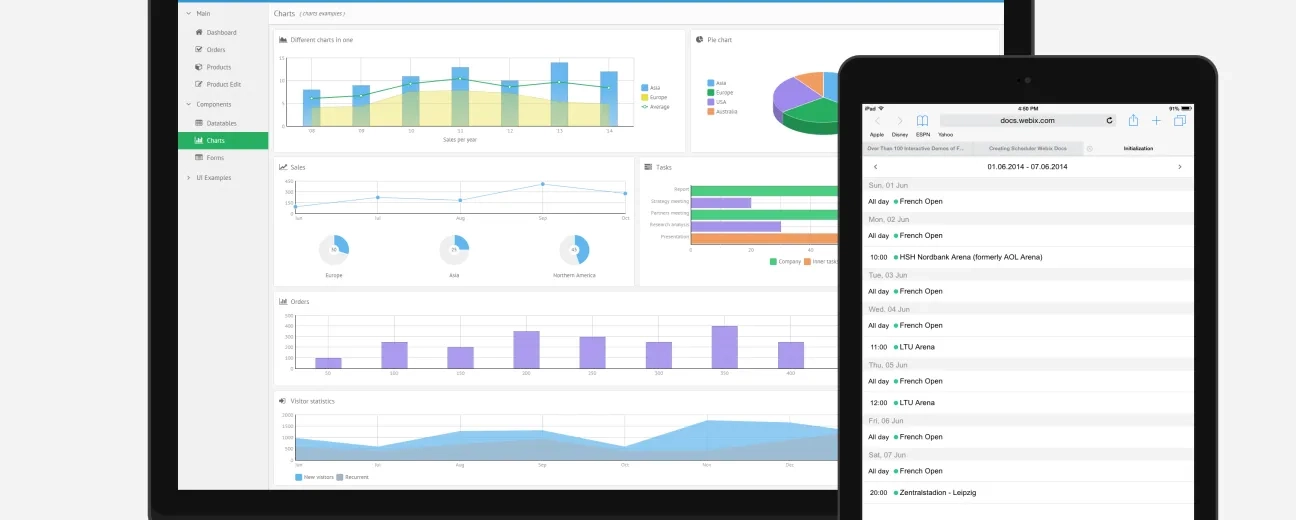
We’re excited to hear your project.
Let’s collaborate!

Many businesses now decide to create an app.
There are many reasons for it. Some businesses simplify transactions with existing clients this way. Some find it helpful when attracting or retaining clientele. In other cases, the app is a bonus with cool, interesting features that make clients happy.
Whatever your reason for considering mobile web app development, there is something that you should decide first.
Apps are different. There are native mobile apps, hybrid apps and web applications. They all have similarities, but they have differences as well.
Let’s give you a quick overview about what them.
Native Apps
Most of what we know about mobile apps comes from native applications. Each is developed to work on mobile devices only, with versions for different platforms, even if it’s the same application. An iOS app won’t work on Android, Blackberry or Windows phones, and vice versa. They have been the default for a long time, the reason being that their functioning on each device is optimized for that device. That makes a better user experience.
The problem with them, however, is that they have to each be built from the ground up. If you want your app to work on iOS, Android, Blackberry and Windows phones, you need to essentially produce 4 different applications. That can be costly, and you need to make sure the company you hire has all the necessary mobile web development tools to get the job done on all four.
Web Apps
Let’s continue with the mobile web app vs native app comparison, and return to the hybrid application a bit later.
The web app can run on all devices regardless of the system, but it may have difficulty displaying well on some browsers and screen sizes. There are adaptive and responsive web apps that attempt to fit in different viewports, which they do with increasing if not perfect success. At the same time, the web app won’t be able to operate your camera, so anything that takes pictures is not an option here. This is not all bad, since - again - it will save you lots of development time and more than a bit of money. Just make sure it’s right for your purposes.
Hybrid Apps
This is a combination, or rather a compromise between the two. The hybrid app will appear in app stores, increasing its discoverability, but will run in the browser.
What’s sure though, is that the decision is not clear-cut. You choice of app should be the optimal solution to your specific needs.
Just ask your native or mobile web app development experts and see what they say.
Good luck with your project!

We’re excited to hear your project.
Let’s collaborate!